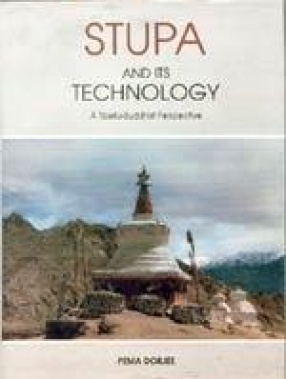Among all the religious monuments of the world, the stupa has the longest uninterrupted historical development. Though modeled after the Indian prototype, the stupa architecture was developed in all the countries where Buddhism had flourished. Over time, the structural shape of the stupa underwent significant modifications in India and the other Asian Buddhist countries. The present study shows how Tibet became a treasure house of Buddhist culture and literature-highlighting important texts dealing with stupa architecture. Various ritual activities associated with the construction of the stupa are described along with the eight fundamental types of Tibeto-Buddhist stupas and their main structural components. A survey of the stupas found in the upper Indus Valley in the Leh region of Ladakh shows their similarity to the Tibeto-Buddhist tradition. The value of the book is enhanced by an appendix with English translation of four important Tibetan texts preceded by transliteration. This monograph will enable the art-historians and archaeologists to understand this important structural form inn totality in relation to its wide geographical spread and the distinctive features of particular developments in different countries.
Buddhism and Future Destiny
$30.60
$34.00





There are no reviews yet.